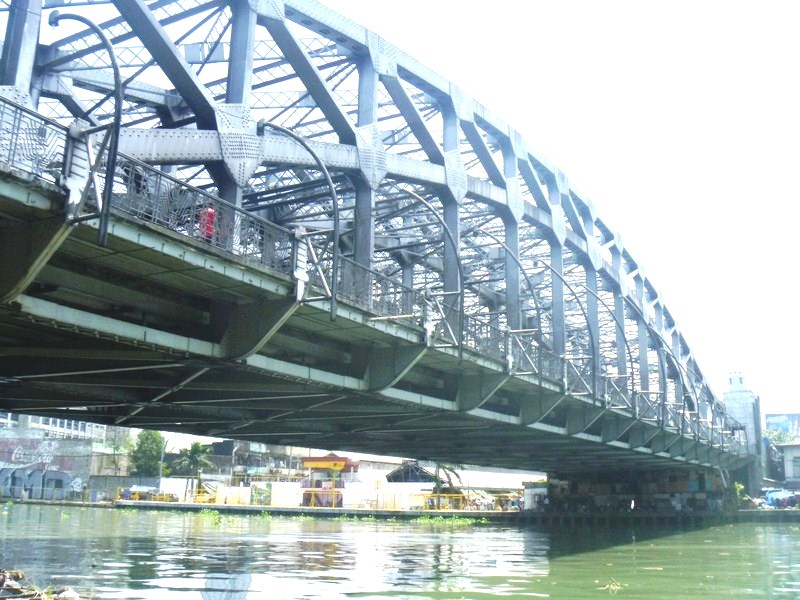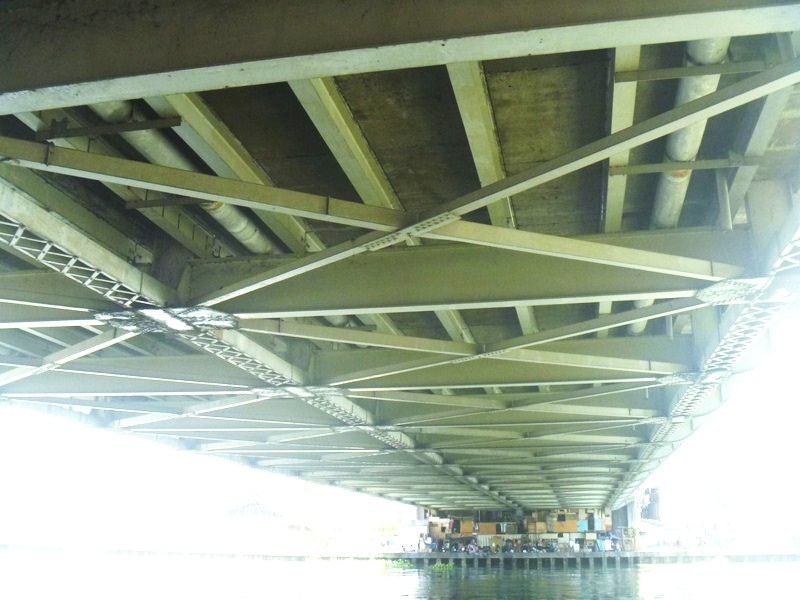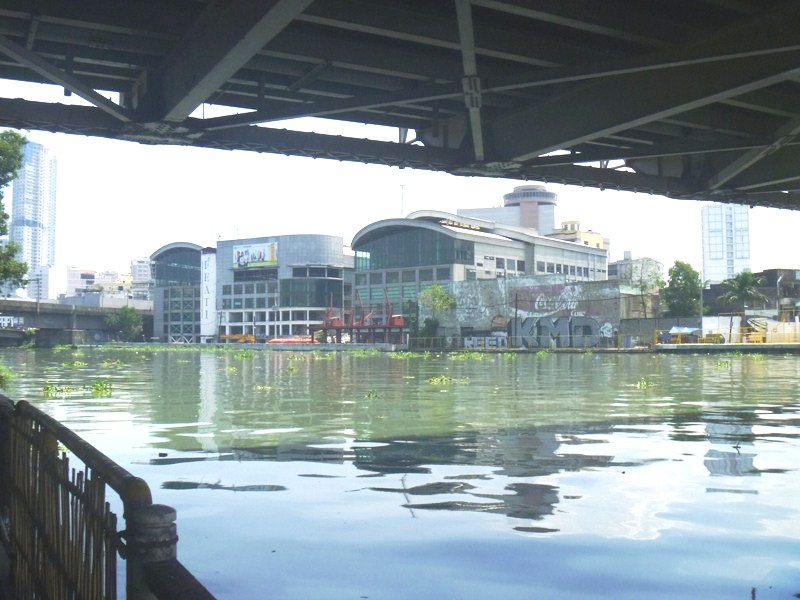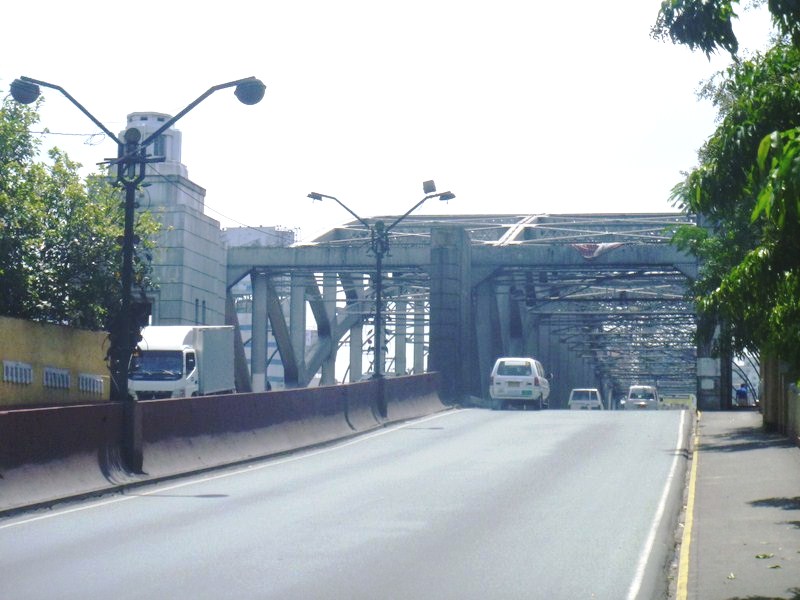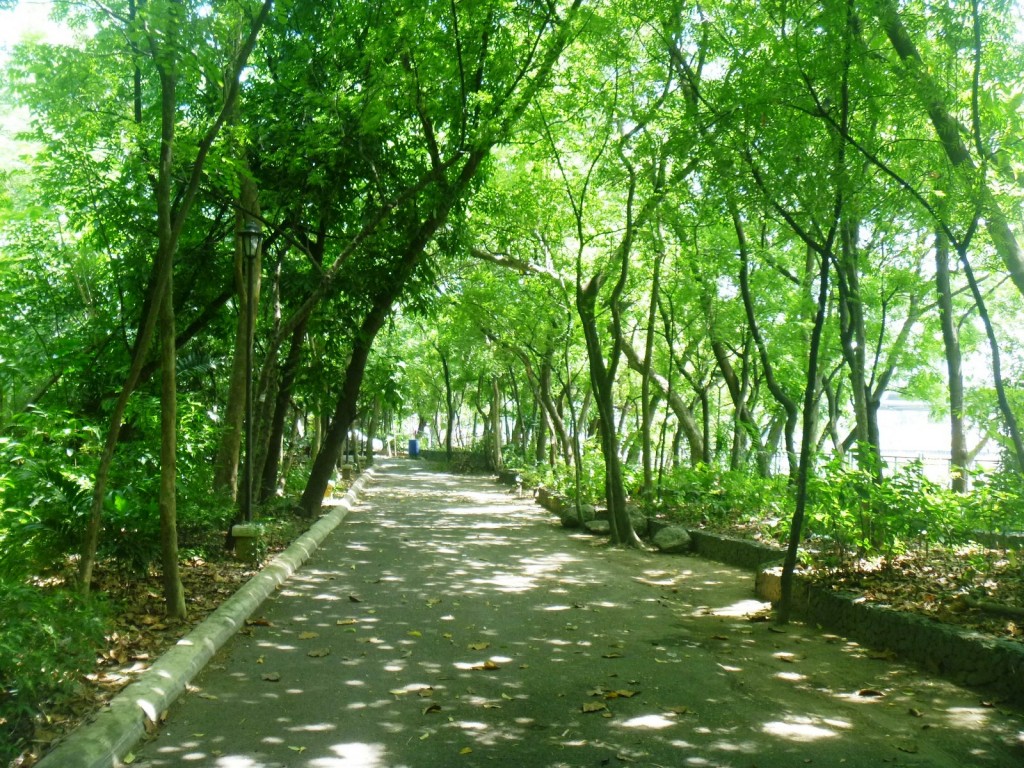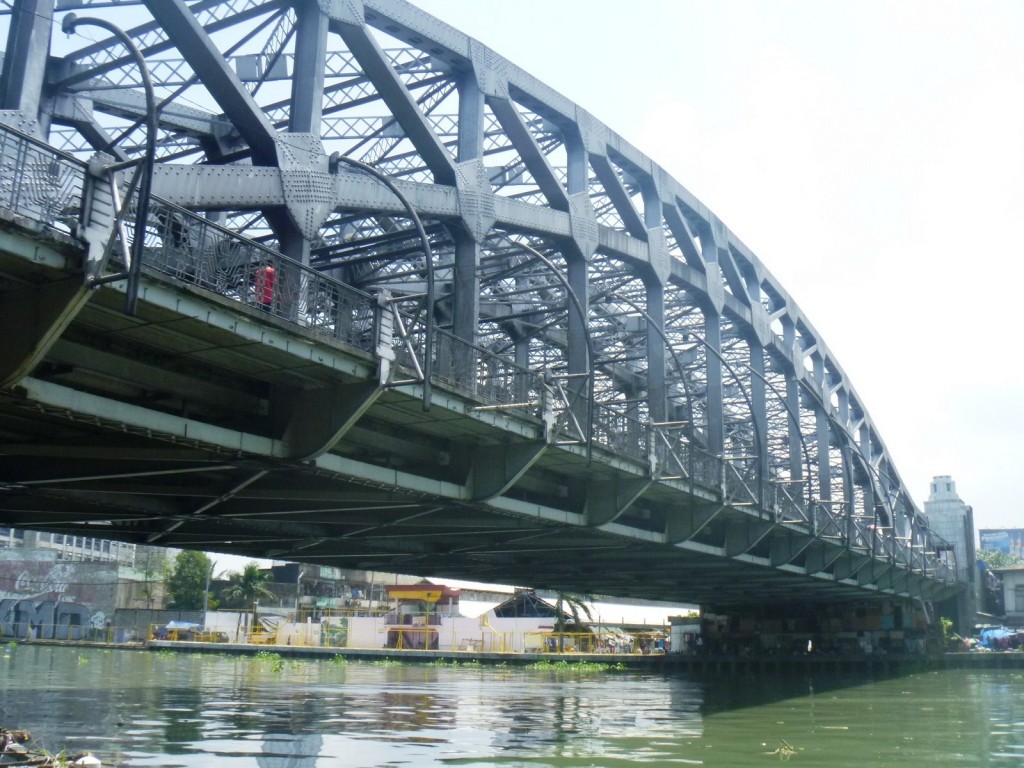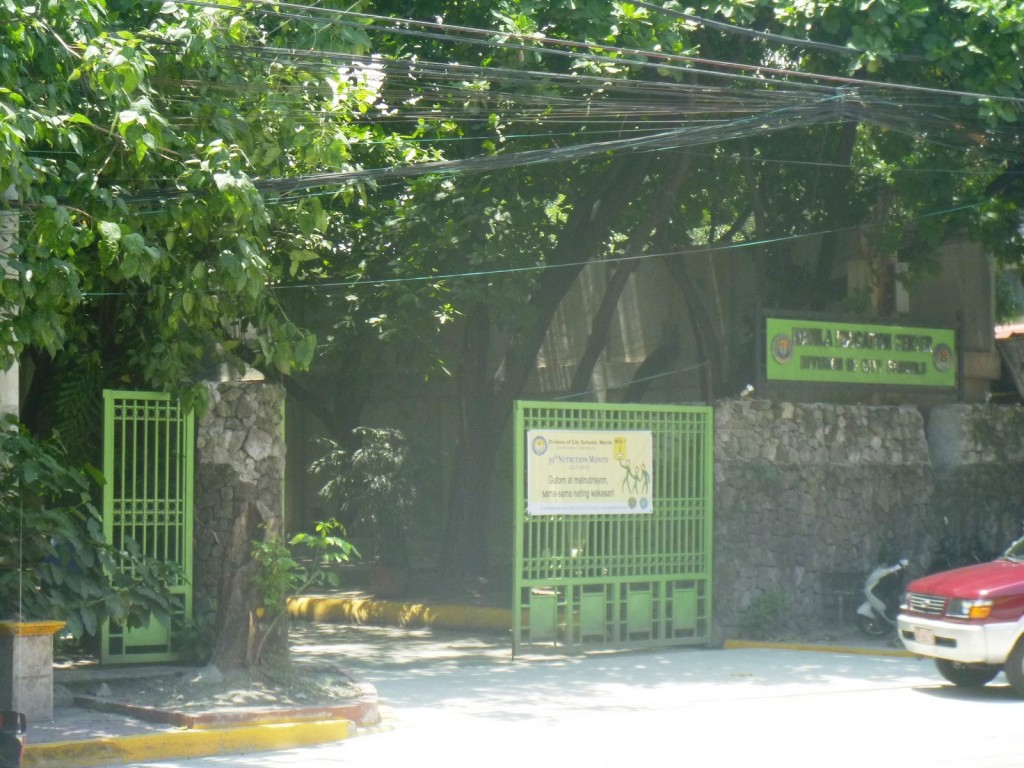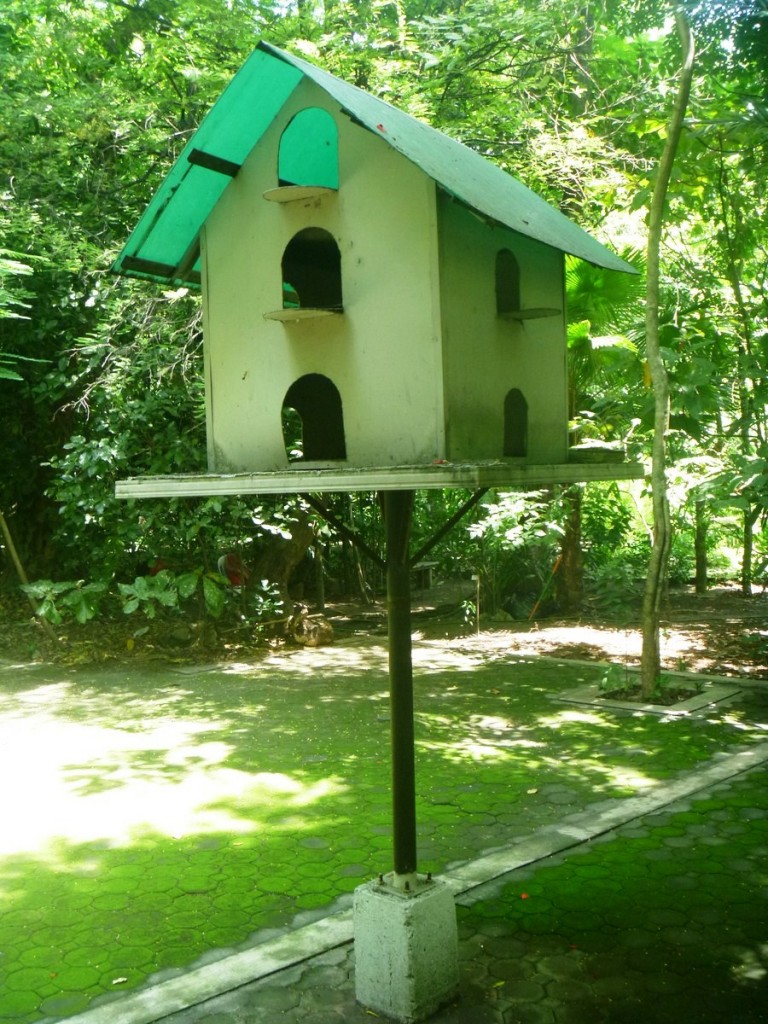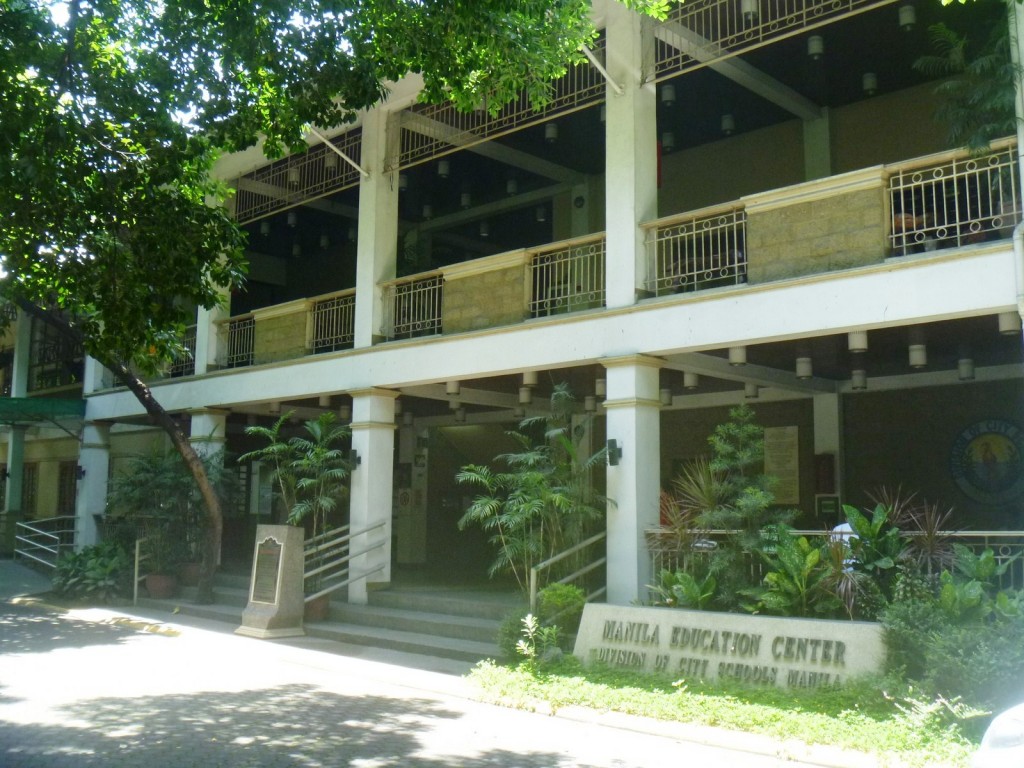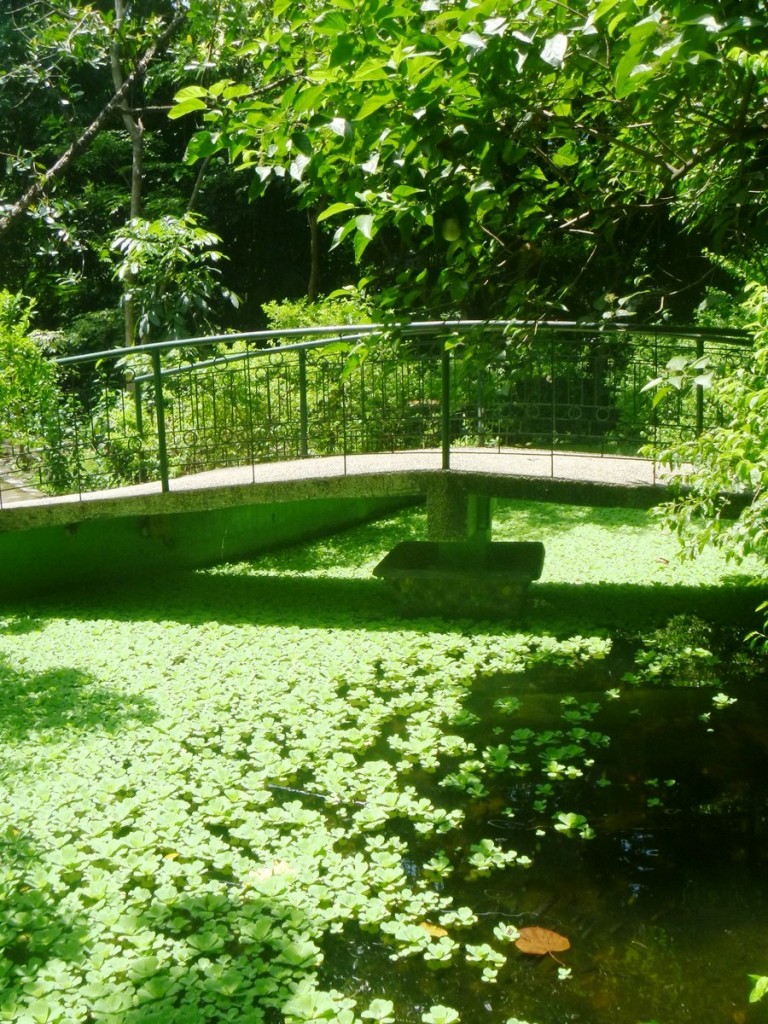Just a day after my birthday, I joined my media friend Mr. Fernando “Rannie” Bernardo and Ms. Melissa Grace Dizon (La Consolacion College School of International Hospitality Management professor) in a group being assembled by Mr. Lawrence “Rence” Chan (who hosts the Royal Postal Heritage Tour), of the Filipinas Stamp Collectors’ Club, that was to be part of a special documentary tour with the GMA 7 I-Witness team. The documentary was to feature the sorry plight of the now-abandoned and unused Metropolitan Theater (fondly called “The Met”), for me a precious and stunning icon of the Filipinized Art Deco genre that needs to be preserved for other generations to see and appreciate.
| The Manila Metropolitan Theater |
Aside from Rence, Ronnie, Melissa and I, our group also consisted of Ms. Ma. Fatima T. Flores (a B.S. Architecture student from FEU), Mr. Efren C. Taburnal, Jr.; Ms. Gemma Suguitan-San Jose (of the Southern Luzon Association of Museums); Ms. Maria Ronna Beltran (a blogger); Mr. Dong Despojo (Prima Camera Club); Mr. Noel Aguilera Acedillo (Prima Camera Club); Ms. Bettina Arriola (an art teacher) and Ms. Marian L. Barro (a U.P. Manila student).
| Our documentary group |
However, due to some miscommunication between GMA 7 and Rence, the scheduled tour did not push through. Even worst, we were not allowed entry by the security guards. Just the same, so as not to make this an exercise in futility, Rence proceeded to give us a moving documentary on the history of the Met. The theater, along the Pasig River and in front of the equally classic Manila Post Office, was designed, in the Art Deco style (then a rage in the U.S.A.), by National Artist (for Architecture) Arch. Juan M. Arellano.
Inaugurated on December 10, 1931, it seats 1,670 (846 in the orchestra section, 116 in loge and 708 in balcony) and was the biggest in the Far East at that time. During its heyday as the “Grande Dame” of theaters, the Met played host to vaudeville acts, zarzuelas, operas, pageants, Filipino and Spanish plays, and performances by well-known artists such as violinist Maestro Jascha Hefertz and composer/conductor Dr. Herbert Zipper (who conducted the Manila Symphony Orchestra).
Severely damaged (losing some of its roofing and some walls destroyed) during the liberation of Manila in 1945, the theater was rebuilt, fell into decay in the 1960s (where it became an ice cream parlor, boxing arena, garage, motel and gay club) and was meticulously restored to its former glory by Arch. Otillo Arellano (Juan Arellano’s nephew) and former First Lady Imelda R. Marcos and rededicated on December 17, 1978.
However, it again fell into decay. Worst, a nondescript, 24-hour Park n’ Ride bus terminal and parking structure, with its accompanying itinerant vendors and equally unsightly food stalls, was built behind the theater by then Manila Mayor Lito Atienza, compromising the theater’s once-privileged landscape.
| Stained glass panels above main entrance |
| Detail of bas-relief curlicues |
In 1996, it was closed due to a long-running financial dispute between the city government and the Government Service Insurance System (GSIS) over its ownership and management. On June 3, 2010, after extensive renovations (the main roof and 2 minor ones were repaired), it was again reopened by Pres. Gloria Macapagal-Arroyo and Manila Mayor Alfredo S. Lim but again slowly deteriorated due to disuse, typhoons (Angela) and water infiltration. Water and electricity has been cut off. The main entrance is now home to the homeless vagabonds and its arcades are filled with garbage and stinks to the high heavens with urine.
| Tiara-like pediment with minarets |
| Female statues done by Monti |
| Detail of column with capiz lamps |
| Theater arcade |
| Another statue by Monti |
| NHI plaque |
Such a beautiful Art-Deco masterpiece deserves a much better fate and should not follow the demise of other gems such as the Manila Jai Alai Building and Meralco Building.
Manila Metropolitan Theater: Padre Burgos Ave., Liwasang Bonifacio (near LRT Central Terminal), Manila

